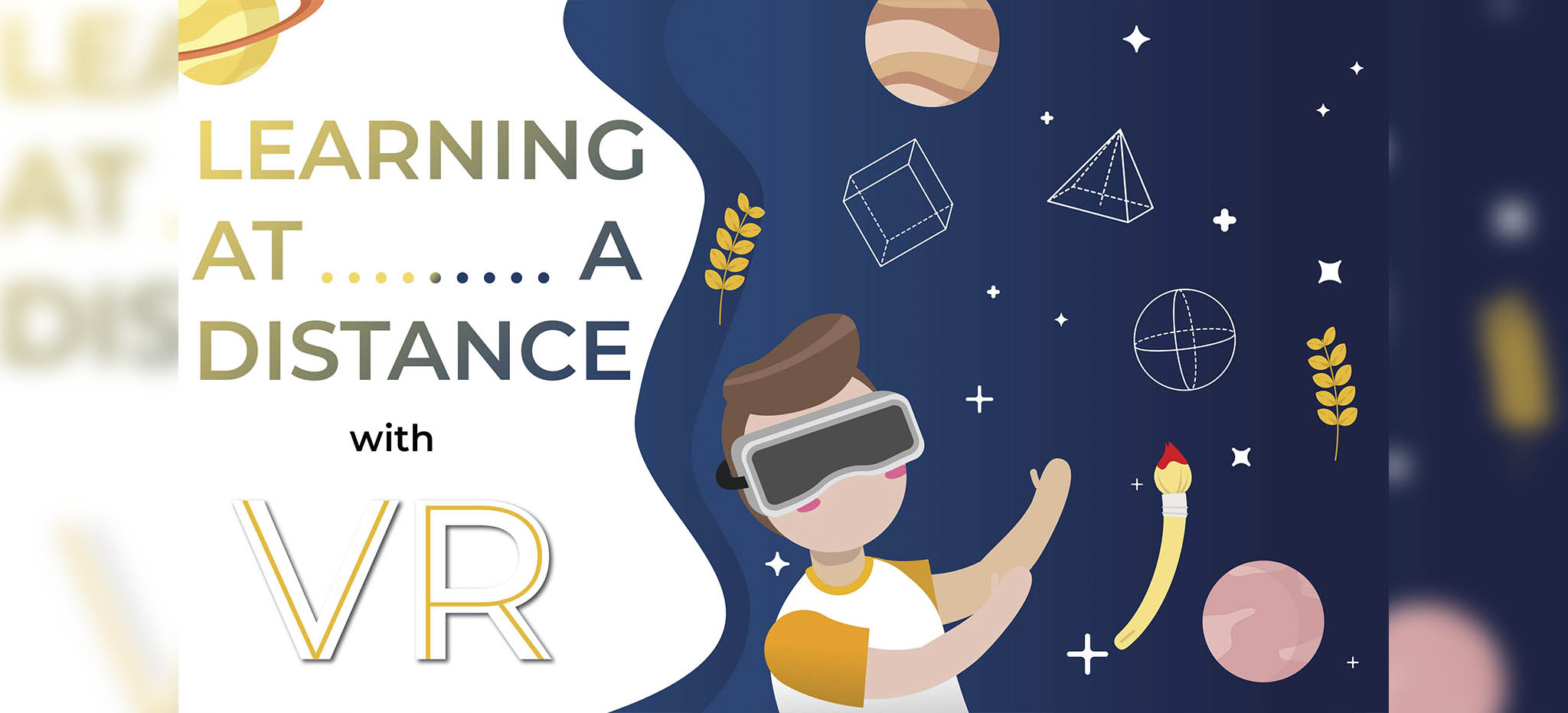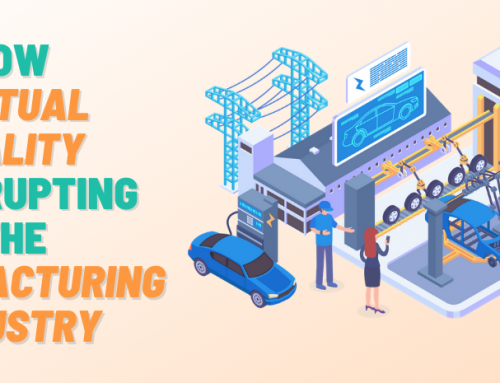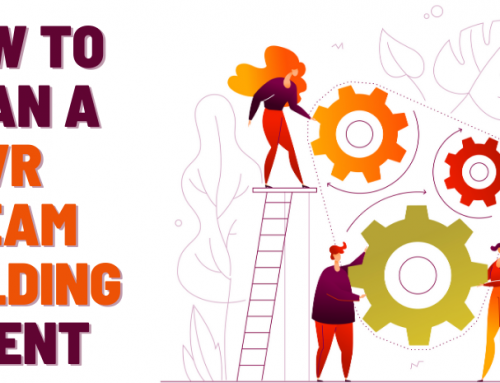
INTRO
Given the ongoing global health crisis, it is best for everyone to stay at home if they can. Who can work remotely should work remotely, who doesn’t have to leave the house shouldn’t leave the house. Schools everywhere, from primary education to high schools to universities are closed and likely won’t be open for the rest of the 2019/2020 academic year.
Students and teachers alike are now in an unenviable position of needing to quickly adjust to an entirely new way of learning. Remote learning isn’t impossible and plenty of students go through it regularly, but it is outside of the norm. Most are used to classrooms, meeting their friends in the hallways, grabbing lunch at the school cafeteria. They’re used to a whiteboard and textbooks and teachers urging the class to be quiet.
Now, with the COVID-19 pandemic in full swing, education has been relocated to online classes and homework assignments shared through email and social networks.
VR TO THE RESCUE
We’ve talked about the benefits of VR in education on this blog before. By providing context to the information, immersing the students directly into the situations they’re learning about and 3D visualization, the ability to retain knowledge is a lot higher than in traditional ways of learning.
VR has the power to completely revolutionize education as we know it, if only it would get an opportunity.
That opportunity might have arrived sooner than expected, in this unprecedented move to keep students safe away from schools. They have to stay at home, but their education shouldn’t suffer.
Here are some ways teachers are using VR to enhance the learning experience during lockdown:
VR CLASSROOMS
This one is more or less of a given. If the student has a VR headset at home, they can join a virtual classroom created by the teacher. This classroom can have all the hallmarks of a typical classroom you’d expect at any school: a whiteboard, a way to share slides and PDFs, a way to play audio and video files. The students and teachers can engage as normal, their interaction being largely the same as it is in real life.
The difference to a regular classroom here is that a VR classroom can have some cool add-ons. Teachers can encourage students to build 3D shapes of molecules and organic compounds. They can identify geographic locations on a 3D map. They can build hardware and learn about electronics using 3D models. Like in real life, VR is one step ahead of traditional education and it could prove useful in remote learning.
VR TRAINING
For more advanced students who also need training alongside their theoretical education, VR can become indispensable. For healthcare students, in particular, simulations of real-life situations and patients are essential for their calling. They can’t become effective doctors, nurses or other essential staff if they don’t know how to apply what they learned in a textbook.
To help healthcare students all over the world not fall behind on their training, the Oxford Medical Simulation is offering free distance learning during the COVID-19 pandemic. Through the power of VR, the students can learn about the assessment and management of VR patients and thus improve their skills even if they can’t attend classes at the moment.
VR SCHOOL TRIPS
If schools are canceled, it stands to reason that school trips are canceled as well. However, students who are fortunate enough to have a VR headset at home can still go on an organized virtual adventure with their teacher and class.
The best thing is, they’re no longer limited by distance or budget. They can choose pretty much any destination in the world to virtually travel to and experience first-hand. It may not be a trip full of shenanigans with their friends, but it will still be an opportunity to learn about new things and meet interesting new cultures.
THE FUTURE OF VR IN EDUCATION
VR is still not a staple technology in the classroom or anyone’s home. This makes its use during quarantine somewhat limiting, though there’s no denying its advantages.
Perhaps, once we all come out the other side safe and sound, we can take this experience to re-evaluate the need for such versatile gadgets in everyday life.


